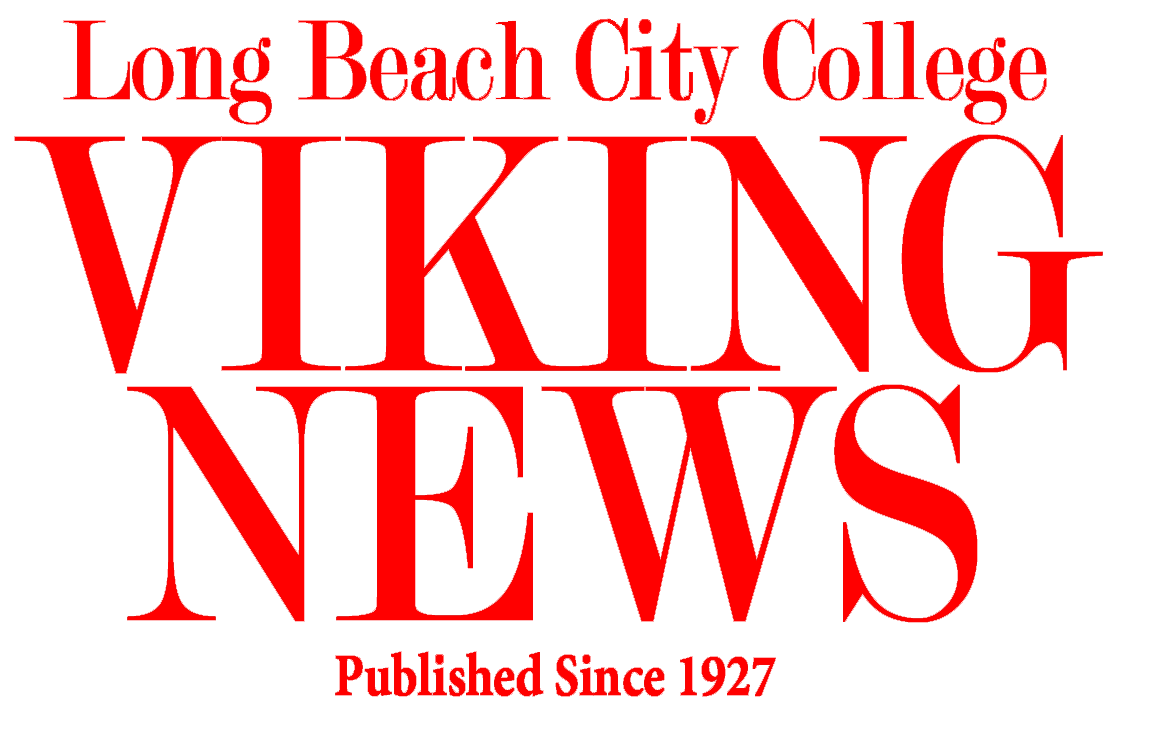Long Beach’s newest bridge, replacing the Gerald Desmond Bridge, opened Monday at 5 a.m.
The new bridge is a six-lane, cable-stayed bridge which will make it easier for traveling cargo toward the Port of Long Beach (POLB). Long Beach residents and all travelers passing through can now experience “The Bridge to everywhere,” as Executive Director Mario Cardero has coined the phrase.
The official name of the bridge will be announced at a later time through state legislation.
It is the second-tallest cable-stayed bridge in the United States, and it connects Los Angeles to Long Beach.
The bridge was made with all American-made steel, with 18 million pounds of structural steel, 75 million pounds of rebar and 1.7 million feet of cable.
According to POLB, “If laid end-to-end, the cables would stretch about 322 miles – longer than the distance from Long Beach to Las Vegas,” in reference to the 1.7 million feet of cable used.
The virtual opening ceremony on Friday was celebrated with special remarks from Long Beach Mayor Robert Garcia, POLB Executive Director Mario Cordero, Frank Colonna, President of Long Beach Board of Harbor Commissioners, and Dr. Noel Hacegaba, POLB Deputy Executive Director of Administration and Operations, to name a few. A parade of floats, trucks, applause and fireboat sprays celebrated the introduction of the new bridge.
Cordero said during the ceremony’s opening remarks, “This iconic bridge is not just for the Port of Long Beach, it’s a great statement for the City of Long Beach. It’s a great statement for the state of California and a great statement for the nation’s largest port complex. This is a global link to international cargo.” The bridge is considered to be another milestone in the Port’s commitment to remain an advanced and competitive port in the world.
The project to begin replacing the Gerald Desmond Bridge was initiated in early November of 2011. After 52 years the Gerald Desmond Bridge could no longer handle the current roadway cargo traffic demands. The bridge being too narrow and too low did not help the bigger ships arriving at the Port of Long Beach. The initial project was estimated to cost $950 million. The total cost ended up being $1.47 billions dollars.
World engineers and bridge designers helped monitor the building of the bridge. Funding was done jointly by the Port of Long Beach, Caltrans, the U.S. Department of Transportation and Los Angeles County Metropolitan Transportation Authority (Metro).
Cordero said, “This new bridge is another major milestone in the Port’s ongoing commitment to remain the most advanced and most competitive port in the world.”
Based on a recent POLB press release, more than 2.5 million jobs around the United States are related to the Port of Long Beach, making the port a key economic driver.
Garcia said, “This bridge was built with union labor, and I’m really proud of this entire project that was done by women and men that got great benefits and could take great care of their families.”
There are 80 cable strands holding the center span. More efficient ramps and turning lanes with a column supported approach. The bridge provides an efficient transition to and from the southern point of the 710 freeway at the east end. It also features California’s first-ever, “Texas U-Turn,” a non-signaled undercrossing that enables continuous travel for trucks and cars.
The community of Long Beach should expect a bicycle and walking path at a later time, leading to a 205-foot-view of the Southern California Coastline. It will be called the Mark Bixby Memorial Bicycle Pedestrian Path, and the POLB will announce the opening once confirmed.
To watch the replay of the virtual ceremony, click here.


